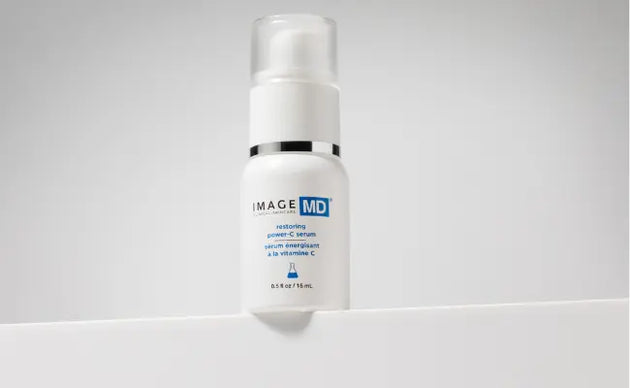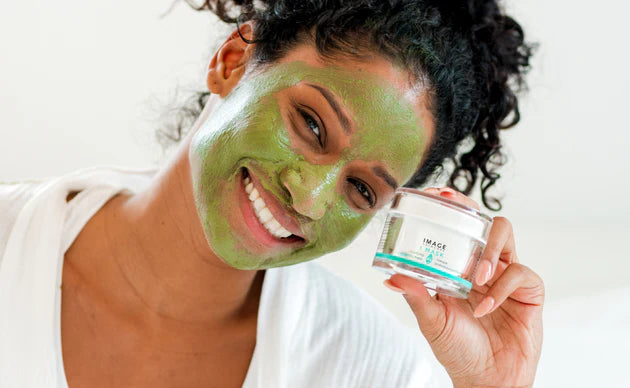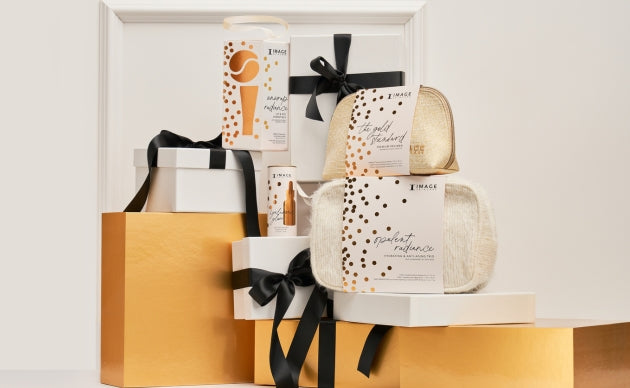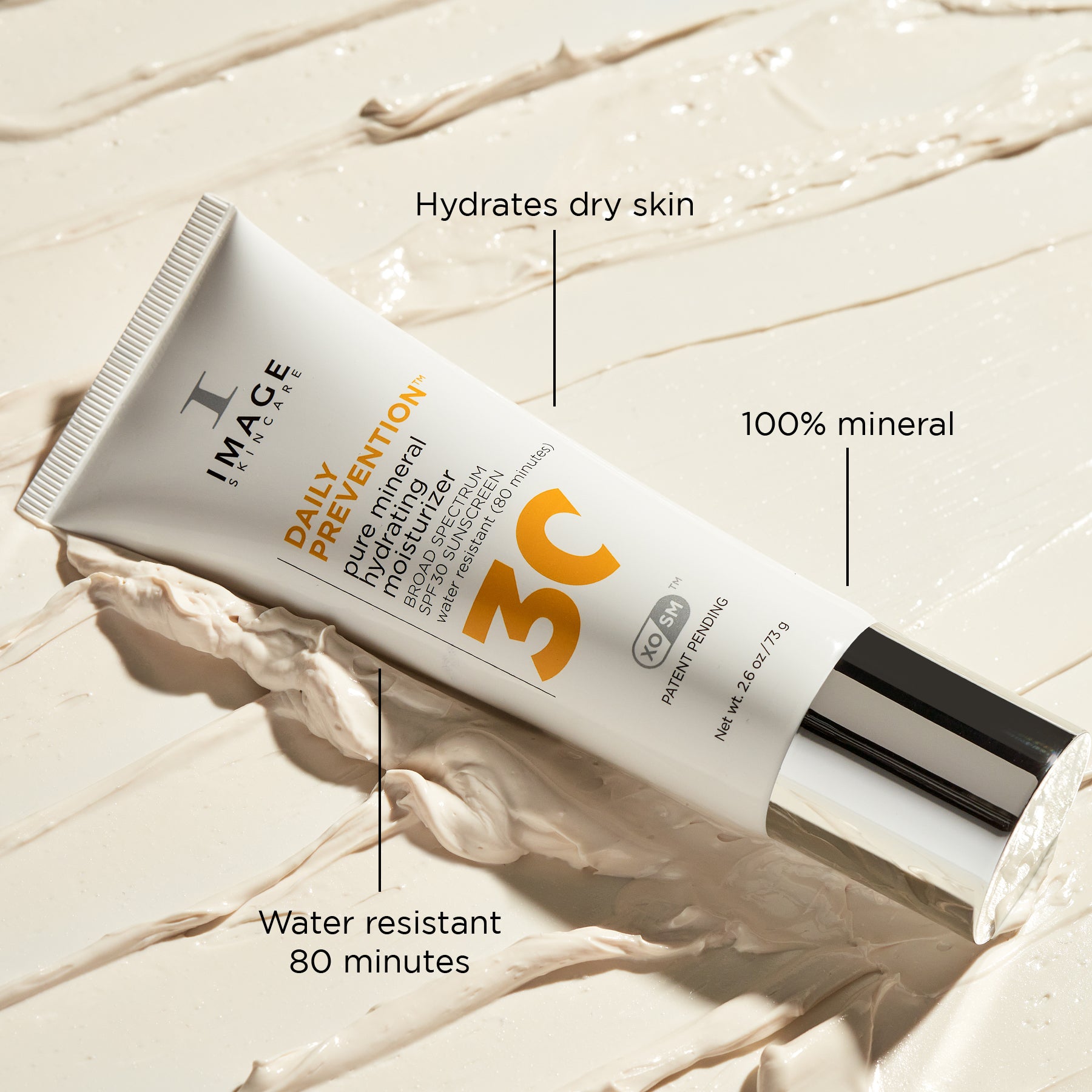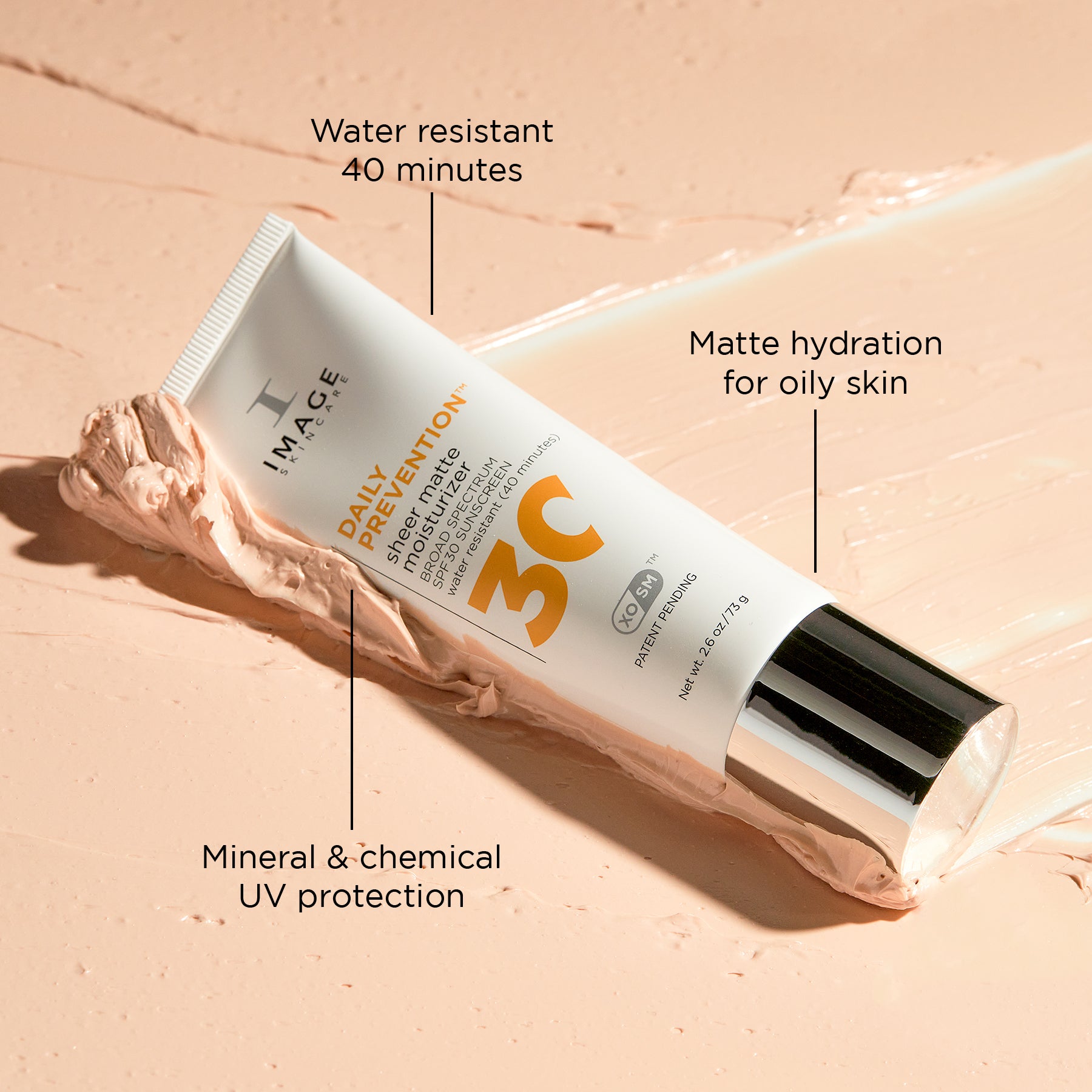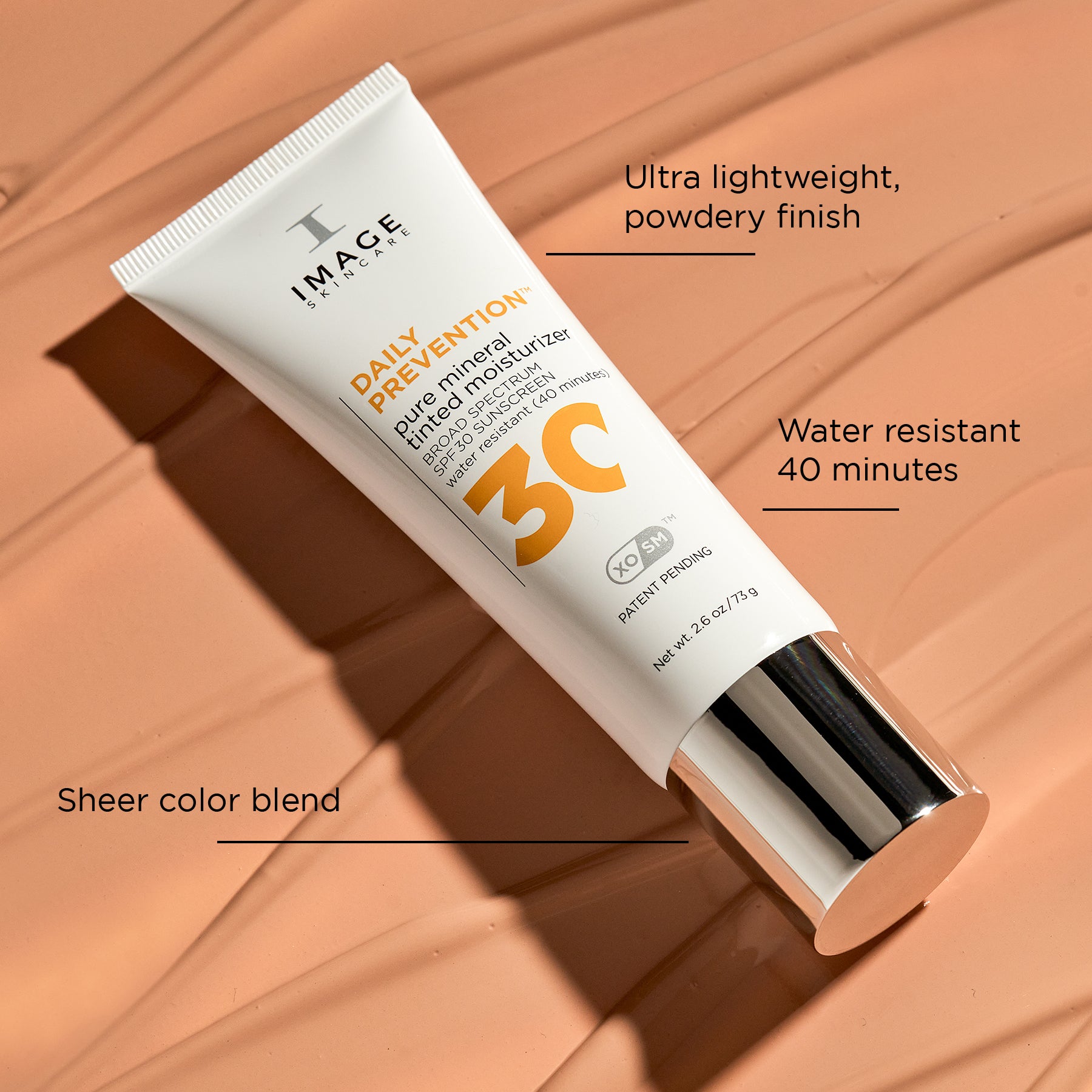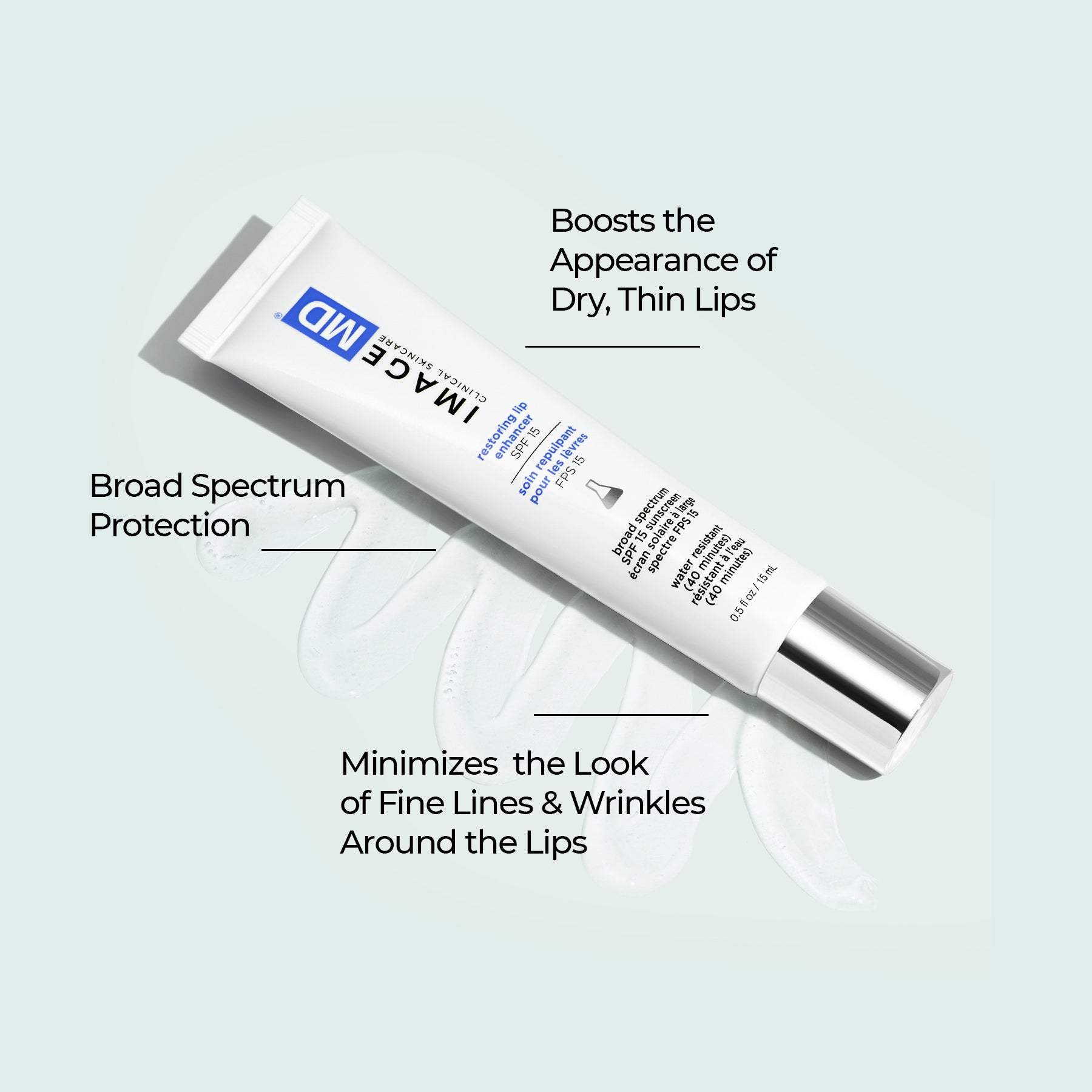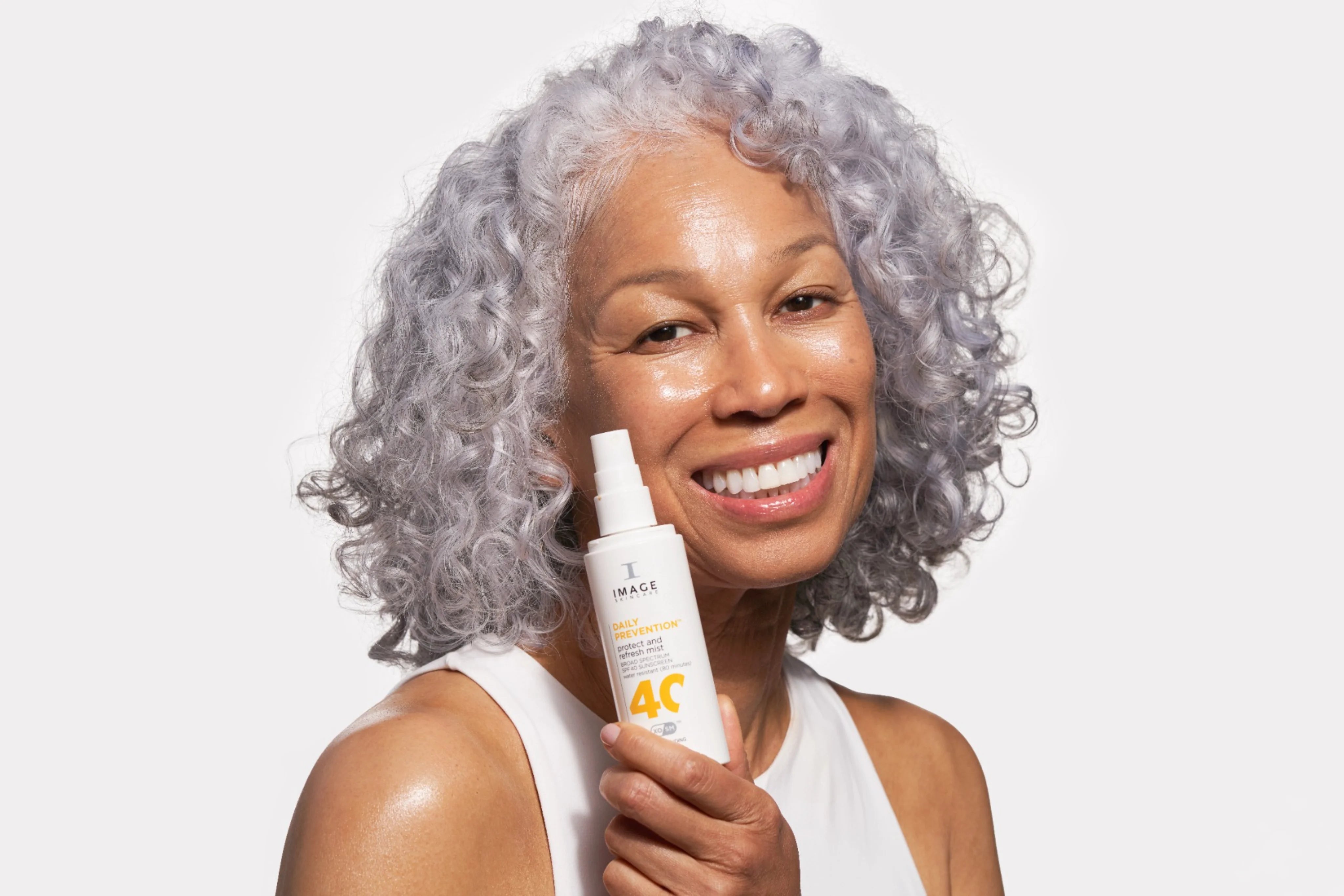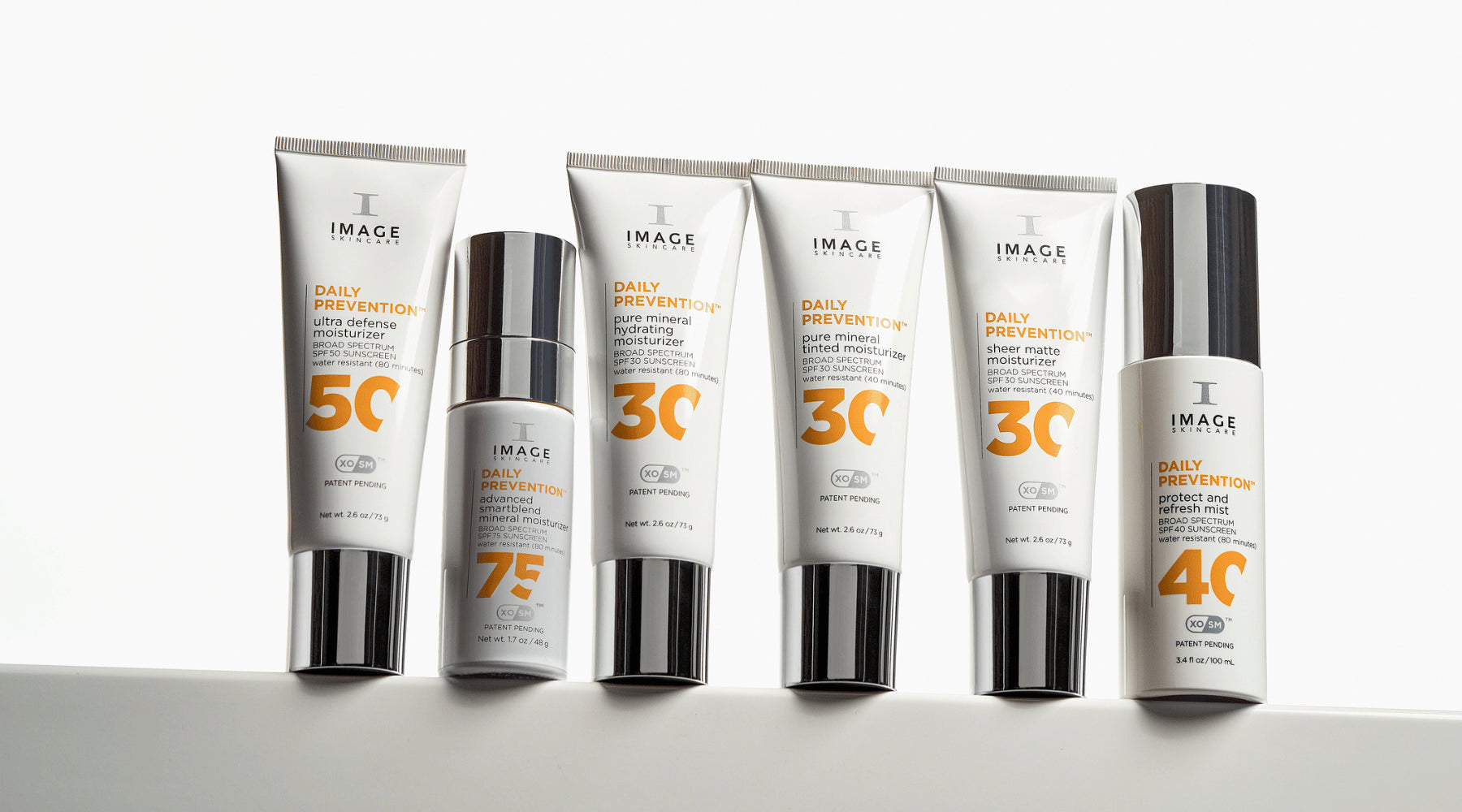SUN PROTECTION
Dermatologists agree: Broad-spectrum sunscreen is essential—rain or shine, indoors and out. DAILY PREVENTION™ enhanced with XOSM™ Technology, is your skin’s best defence against harmful UV rays, and your everyday companion that supports a youthful glow.
FIND YOUR PERFECT SPF
Fortunately, the days of white casts are over. Sunscreen is now just as fancy as your vitamin C or retinol serums—and feels just as luxurious while keeping your skin safe.
SHOP ALL >
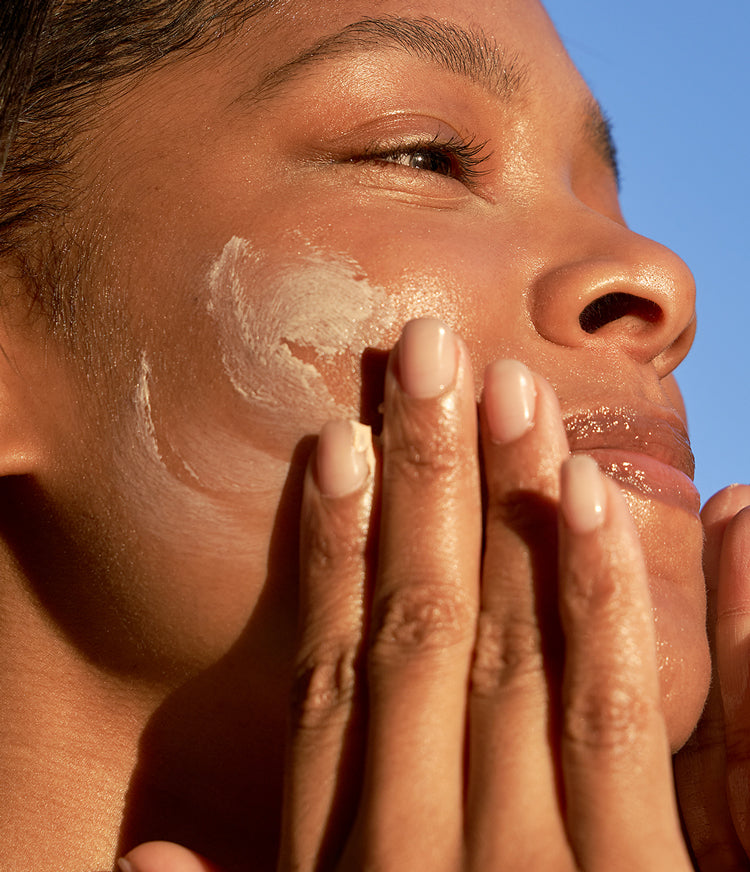
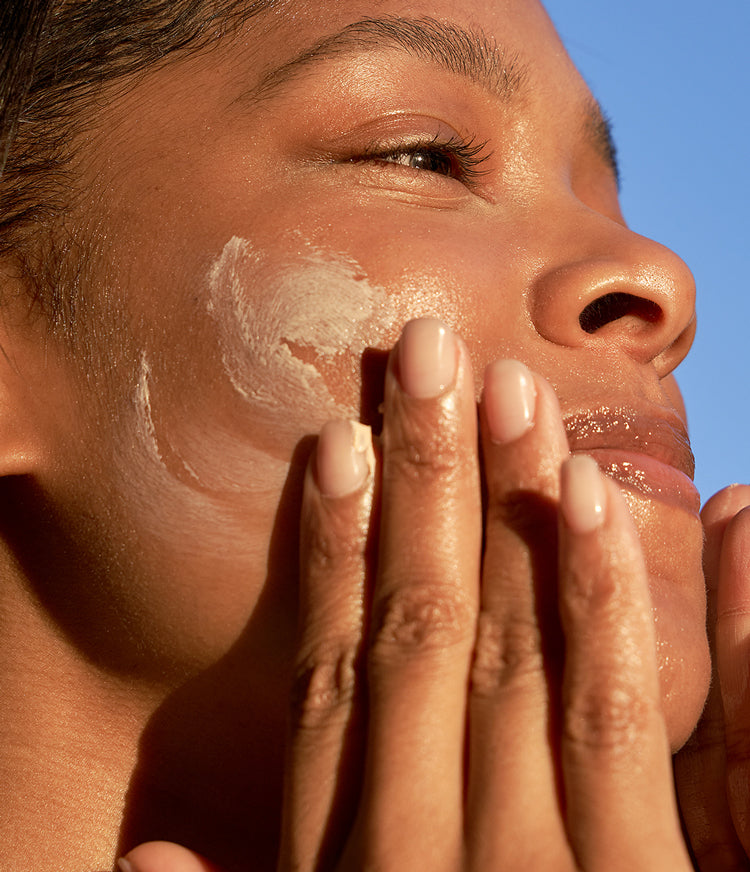
MINERAL VS. CHEMICAL:
WHAT’S THE DIFFERENCE?
It all comes down to selecting the type of sun protection you’ll want to wear every day. Here are a few key differences to help you choose the best option for your skin.
MINERAL SUNSCREENS
How they protect:
Minerals sit on top of the skin and reflect UV rays away
Key ingredients:
Zinc oxide and titanium oxide
CHEMICAL SUNSCREENS
How they protect:
Absorb UV rays
Key ingredients:
Avobenzone, octisalate and octocrylene
Shop Mineral
Sunscreens Shop Chemical
Sunscreens

